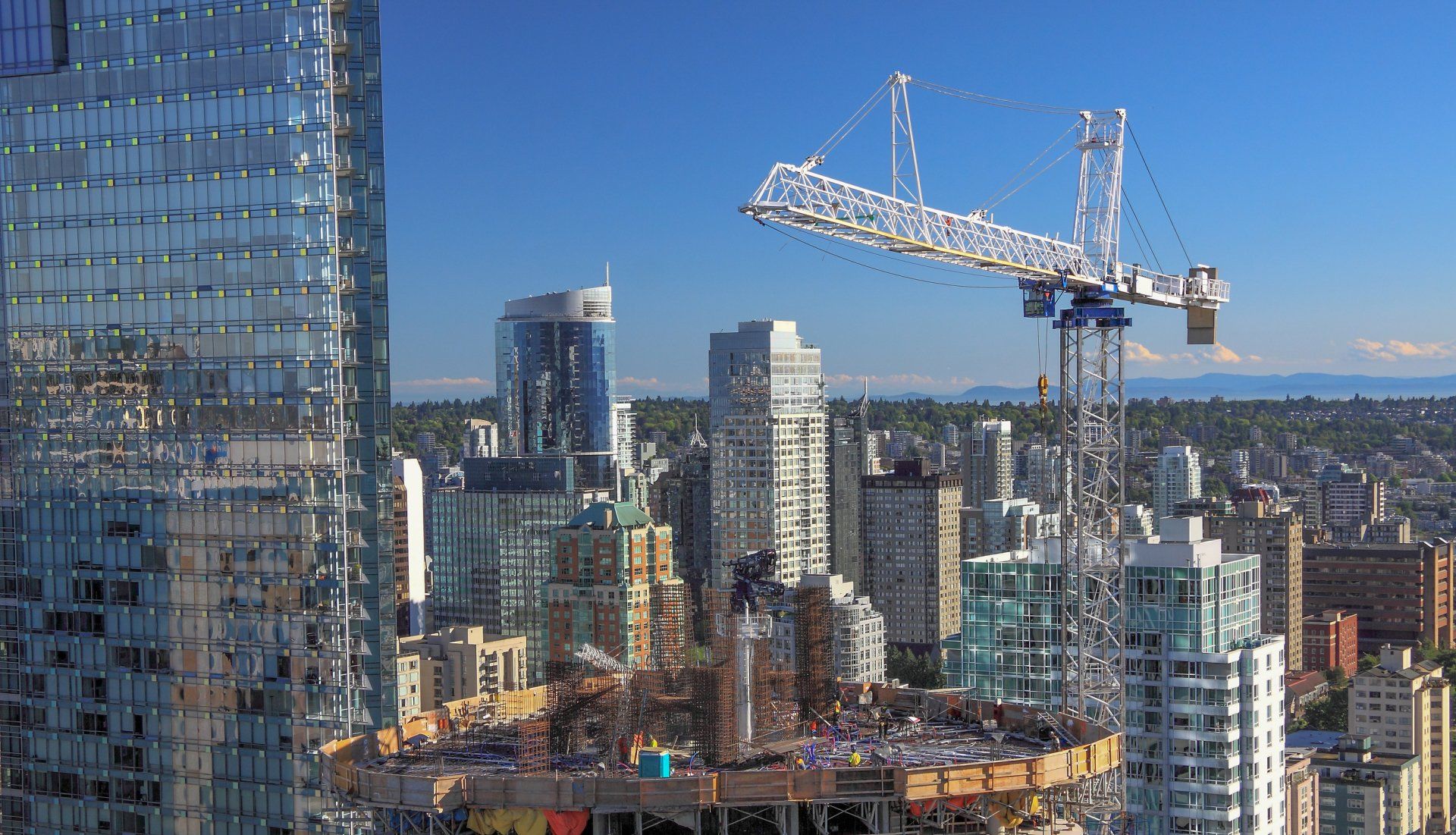How Developers and Builders Structure their Deals in Greater Vancouver
- By Admin
- •
- 12 Apr, 2018

Over the years, the team at ENM Consutrction made an effort to understand the ins and outs of the construction and development industry to build projects of high quality. That experience has provided us with great insight into how developers and builders in Greater Vancouver structure their deals.
Understanding Canada’s Housing Development and Construction System
Canada is the fifth largest construction market in the world. In fact, the construction industry accounts for approximately seven percent of Canada’s Gross Domestic Product (GDP). It also provides employment opportunity to more than 1.3 million Canadians. Indeed, the construction industry plays a crucial role in the lives of Canadians. This is why the federal government is committed to boosting its construction industry.
Canada’s development and construction industry moves at a relatively stable pace. There have been numerous large-scale projects around the many areas in the country, such as in Vancouver, Calgary, and Toronto.Trends and Challenges in the Construction Market
As the Canada Mortgage and Housing Corporation put it, “construction is a complex service and manufacturing industry.” There are a lot of things that one needs to consider to put up buildings and homes that meet the demand and criteria of the government, potential home buyers, and property owners. Here are some of the critical considerations:
- Model Codes – minimum requirements that address the safety, health, protection, and availability of a construction project
- Insurance Requirements – aims to protect the construction investment of property owners
- Equipment Analysis – seeks to increase productivity and operating efficiency
- Site Test – conducted before, during, and after the execution of a project to ensure that everything has been carried out
- Constructions Costs – i.e., conveyance, legal cost, insurance, equipment, installation, etc.
- Green Drive – the answer to the call for greener and more environment-friendly infrastructures
- Sustainability – seeks to address environmental issues that are becoming stables in the modern design and construction approach
Different sectors, including designers, general contractors, subcontractors, and manufactures, among others, play a key role in Canada’s construction housing system. Now, to further improve our understanding of the construction and development industry, here’s a discussion of how deals are structured by both developers and builders.
Structuring Deals for Property Development
Contractual Liability
Its basis is the warranty, a binding promise written in a contract to ensure
the quality of the construction project.
Sole Trader
This is a legal entity that holds only one individual liable for
the whole construction project: equity and liabilities included. It has two
forms:
- Sole
Proprietor –
an individual/trader that sells physical products,
i.e., plumber, electrician, etc.
- Sole Practitioner – a professionally qualified individual that sells services to clients
Partnership
Here, the equity is owned by two or more individuals who are both
jointly and individually liable for all the debts of the construction business.
It can be classified into three groups:
- Limited Partnership – liabilities are limited to the amount of money the partners have invested in the company
- General Partnership – individuals have unlimited liability for the debts
- Nominal
Partnership –
the type wherein an individual neither owns a
part of the firm or actively participates in the construction projects
Corporation
This is typically owned by many individuals who are actively
involved in the construction business.
- Unlimited Corporation – similar to a sole trader, but with many owners
- Limited Corporation – liability for debt is limited to the value of one’s share stock; it has two versions:
a.) Private Limited Corporation – shares are not generally traded
b.) Public Limited Corporation – shares are traded on a stock exchange
Each one has its own set of complications.
When considering any of these structures, be sure to understand their possible
effect on your ability to finance the project.
Getting to Know the Builder
As masters in the development and construction industry, Dan and Colin recommend consulting a lawyer and accountant that is well versed in each of the abovementioned legal structures. The key is to implement techniques and approaches to limit your liability so if something goes wrong it does not take down your entire operation.
Builders are put in a better position to ensure the integrity of buildings given their expertise and knowledge in the field. Are you ready to discover the projects of some of the most excellent construction and development managers in Canada? Subscribe to our newsletter to discover ENM Construction Management’s notable projects.


